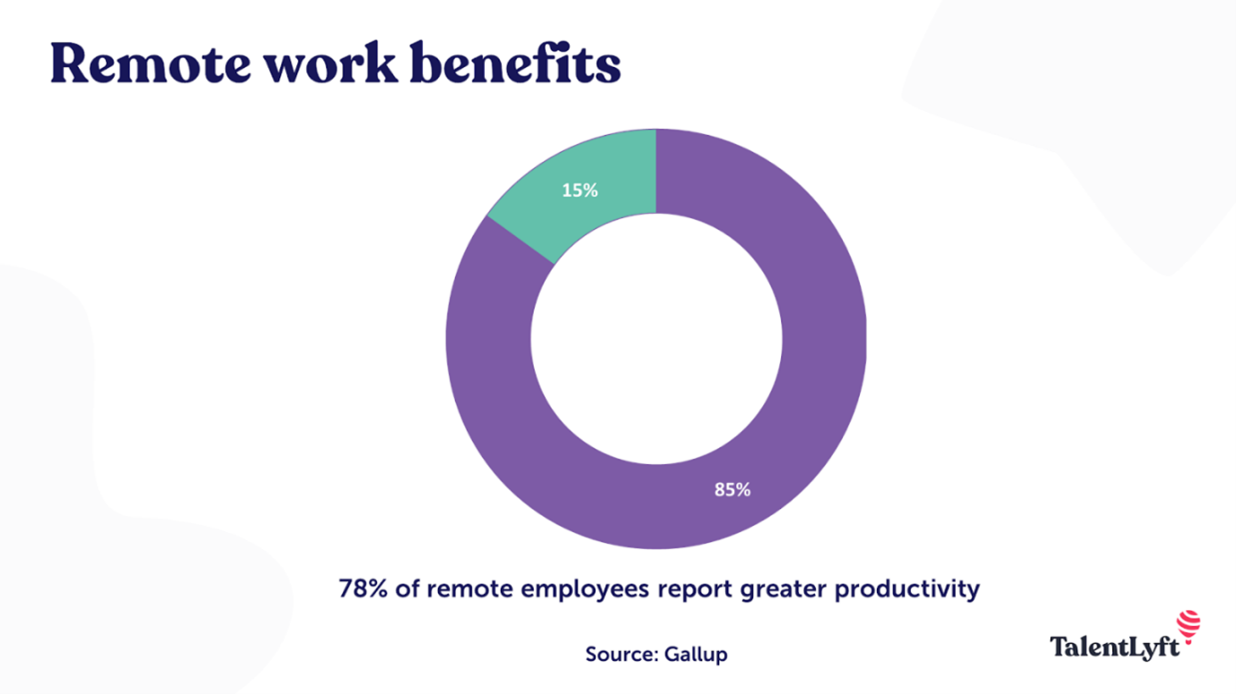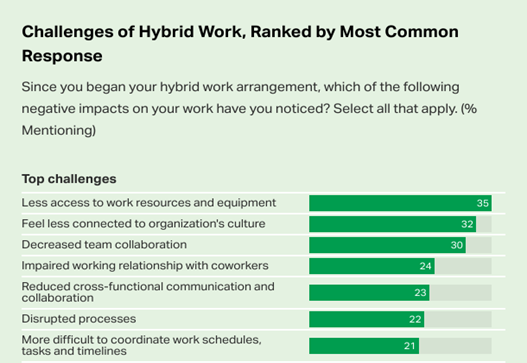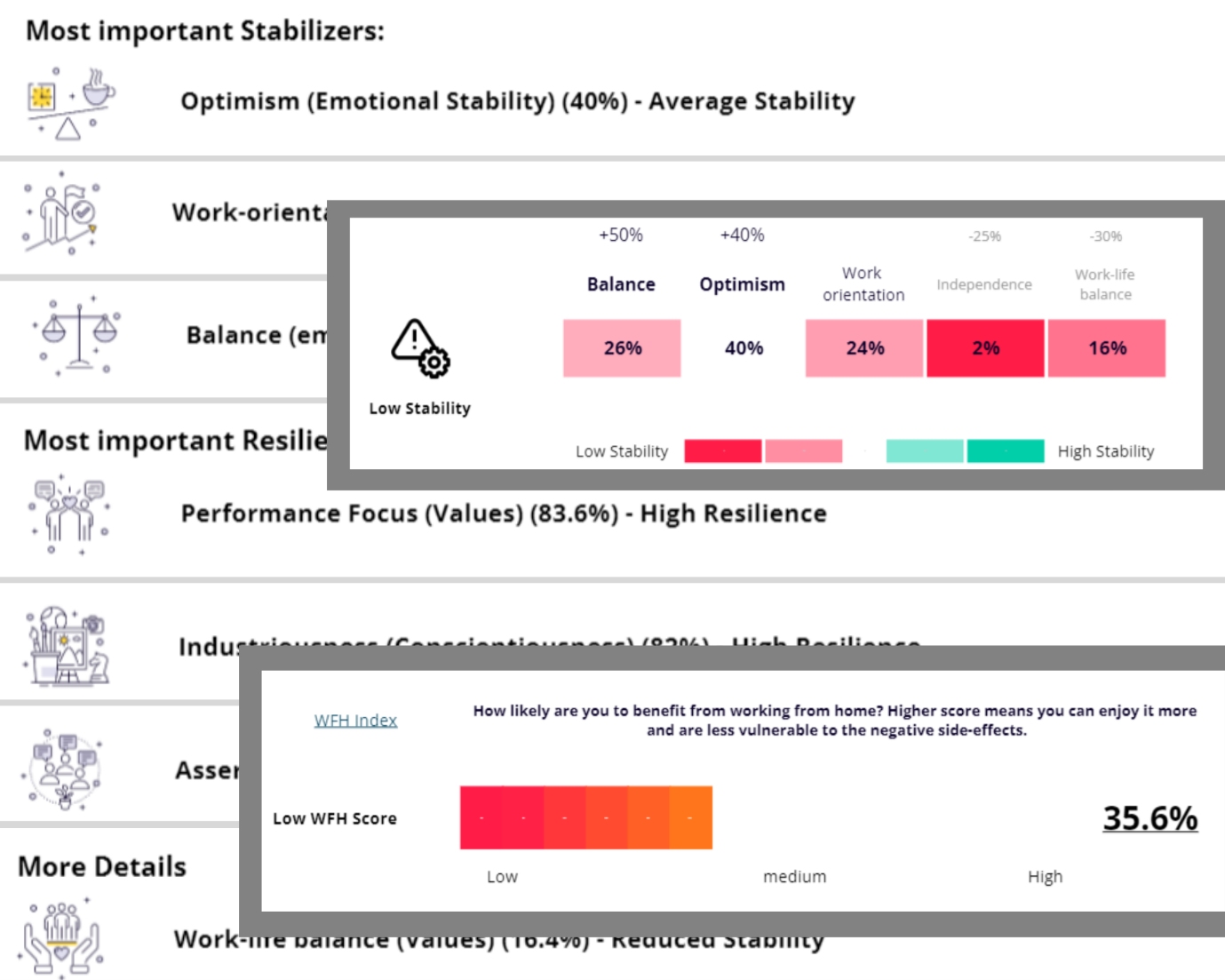
The Covid-19 pandemic heavily impacted the lives of people and businesses all around the world. Full-country quarantines, disruption of supply chains and consequent lack of certain physical goods affected labor markets everywhere in the world, and permanently changed the future of work. As offices closed, people adjusted to working from home and the trend of remote working accelerated exponentially.
In 2019, only 5.4% of employees in the EU worked remotely, mostly self-employed people. Because of the social distancing guidelines, during 2020 more than half of the world’s workforce switched to remote work. The idea of being able to work remotely was news for most employees across different industries, and it turned out to be a necessity for companies to keep business running during these different and complicated times.
As the pandemic is mostly behind us, a dilemma arises: With the investments made to allow employees to work remotely, and with numerous people getting used to the comforts that this method of working provides, what should the new work model be like? A fully remote, fully on-site or a Hybrid model?
Advantages and disadvantages of remote working
- Most remote-working employees report that their productivity has increased. From research conducted at Microsoft’s, it emerged that employees feel their productivity has increased by 29% on average thanks to the flexibility this method provides. The University of Chicago’s research shows more conservative numbers, just a 7% performance increase, yet 78% of employees affirm productivity increased thanks to remote working.
- The perks of working from home are mirrored in the data: organizations that offer remote working have experienced a lower turnover by approximately 25%.
- Fully remote work doesn’t only have benefits: around half of employers have a hard time believing that remote workers are being productive, according to Citrix’s research, with Microsoft going as high as 85% of leaders sharing this thought.

- Also, a variety of issues related to mental health become evident after the last three years: difficulties ranging from the lack of human interaction to significant increase in bills from the time spent at home.
- People living in small apartments had to cope with the inability to create an environment suitable for tranquility and concentration, often leading to an overlap between work and personal life. A study conducted by the Japanese Ministry of Health and Welfare found that 43% of employees find it challenging to separate work from family life.
- In addition to a decrease in mental health, many agree that the physical health was also impacted by remote work, due to having sedentary lifestyle.
Advantages and disadvantages of working on-site
On-site work has always been the standard model for most companies, and its benefits, as well as the disadvantages, are very well known.
- Just to mention a few perks of this model, it provides a better environment for innovation and collaboration, where it is easier to keep work and home life separated, it leads to a company culture that is more tangible and defined, promoting loyalty to the company, and it allows you to easily connect with co-workers.
- On the other hand, there are several drawbacks such as commuting times, costs of building and maintaining an office, who does the most hours culture, more distractions and unproductive time, office drama, and a 30% increase in probability for work-related accidents, according to HSC statistics.
Advantages and disadvantages of hybrid working
This leaves us with the Hybrid model. Some days at home, some days at the office. Is this the golden ticket for work method? There are, as always, advantages and disadvantages. A Hybrid method provides answers to some problems, englobing most of the advantages from both extremes, but also carries some of the disadvantages and creates new ones.
- As for the advantages, it includes most of the ones mentioned above from both full-remote and full on-site. For instance, it provides some of the flexibility and work-life balance of remote working while delivering the opportunity to connect and stimulate cooperation from the on-site work.
- This model has a number of unique advantages as well. By adopting the hybrid model, companies reduce office costs, as a smaller office would be enough to accommodate less people at a time. Moreover, hybrid work provides employees with a general sense of freedom and trust, creating more loyalty to the organization.
Nevertheless, the challenges of hybrid work are numerous.
- Research conducted by Gallup shows that for most companies coordinating resources is one of the key limitations, since for a lot of organizations doubling the costs of all the equipment is prohibitive, and constantly moving equipment from the office to home and vice-versa can become a logistics nightmare, particularly for jobs that require more equipment than a computer.
- A further challenge is coordinating team meetings and events when some members are home and others at the office, which significantly reduces the effectiveness and productivity of meetings.
- Additionally, there is the sense of dysconnectivity from the company that a lot of hybrid workers tend to feel, as connections and relationships with coworkers are impaired.
- Above all, we believe the biggest drawback of the hybrid model, compared to fully remote, it’s the limiting of the available Talent pool. While offering fully remote positions increases the Talent pool to a global level, since companies can hire candidates from all over the world as long as there is internet connection, the hybrid method still limits companies to the Talent available locally, decreasing the accessible Talent drastically.

In conclusion, there isn’t a one size fit all solution: it is up to employers to figure out what model works best for them. Most importantly, given how much life has changed in the past three years, every company should leave this decision to the employees. To ensure enhanced performance and engagement, as well as reducing the risk of side effects, it is crucial to make this decision not only based on the employees’ preferences but also based on their suitability and resilience to working from home.
In fact, regardless of advantages and disadvantages of remote working, this approach is not suitable for everyone. Some people might be at higher risk of burnout, others might feel demotivated by the reduced social interactions, for instance people with a lower work-orientation. On the other hand, some individuals might perform better working outside the office, for example someone who is very performance-focused, hence doesn’t suffer from working individually.
To a large extent, whether remote work will be the successful model for a business is determined by individuals’ personality and culture. Talent Data Labs also found digital emotional intelligence to be a key predictor of remote work performance. Digital emotional intelligence is defined as the ability of empathizing and understanding others in a digital environment. The remote working scoring measures and analyses all these factors, and thanks to the reports generated it is possible to give professionals tailored advice on what work model is the most appropriate for each employee. The reports allow to examine every aspect that can have a positive or negative influence on working from home. These factors include how enjoyable remote work is perceived to be, the likelihood to benefit from it, and the extent to which one is vulnerable to the side effects.
